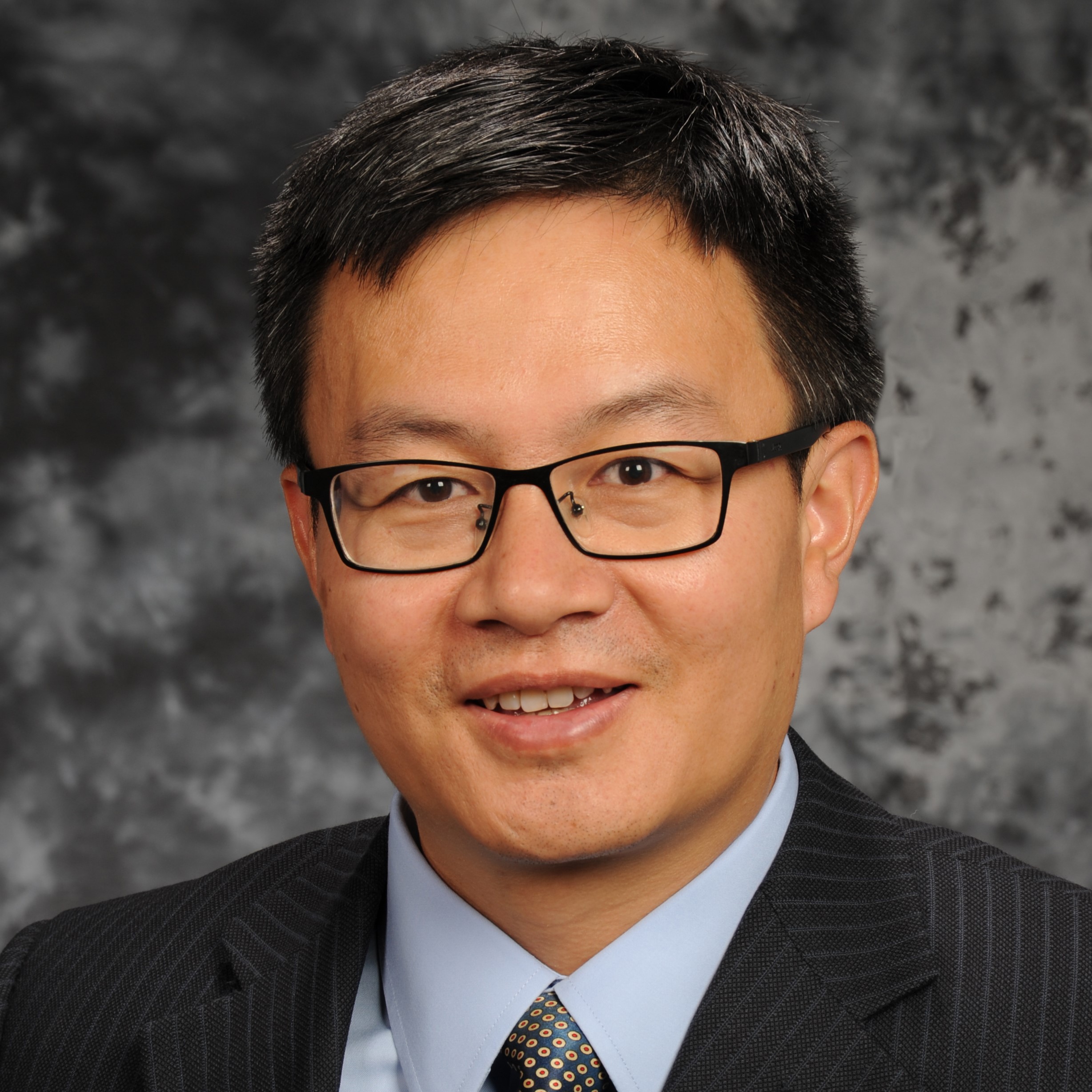The ECS Pacific Northwest Section hosted Dr. Dong Ding’s live online webinar, “Electrochemical processing at intermediate temperatures (400-600°C),” on June 24, 2021. Answers to questions posed during the presentation follow.
 Dr. Dong Ding is a senior staff researcher at Idaho National Laboratory (INL), where he leads a group of researchers in electrochemical processing and electrocatalysis for clean energy storage and conversion. He is a principal investigator for multiple projects including direct funded and Laboratory Directed Research & Development. Dr. Ding is also an adjunct professor in the departments of Chemical & Materials Engineering at New Mexico State University and University of Idaho. He received his PhD in Material Science and Engineering at the University of Science & Technology of China and was a Postdoctoral Fellow at the University of West Virginia and National Energy Technology Laboratory (2009-2010), and at the Georgia Institute of Technology (2010-2014). He has 89 peer-reviewed publications and holds three U.S. patents and 11 patent applications.
Dr. Dong Ding is a senior staff researcher at Idaho National Laboratory (INL), where he leads a group of researchers in electrochemical processing and electrocatalysis for clean energy storage and conversion. He is a principal investigator for multiple projects including direct funded and Laboratory Directed Research & Development. Dr. Ding is also an adjunct professor in the departments of Chemical & Materials Engineering at New Mexico State University and University of Idaho. He received his PhD in Material Science and Engineering at the University of Science & Technology of China and was a Postdoctoral Fellow at the University of West Virginia and National Energy Technology Laboratory (2009-2010), and at the Georgia Institute of Technology (2010-2014). He has 89 peer-reviewed publications and holds three U.S. patents and 11 patent applications.
Q&A
Please explain how the porous electrode helps to enhance performance?
Our electrochemical reaction uses gas as the feedstock while generating gaseous products. An important parameter is triple-phase boundary in the electrochemical active region where gas, electrons, and ions met. The porous electrode is critical to facilitate mass transport.
Is C2H4 the only product?
No. Higher hydrocarbons (C4+) and coking could occur in case of the light alkane activation.
Could you please talk about how to apply the woven cathode materials to obtain good contact with the electrolyte materials?
We normally applied some binders together with woven materials. After firing at certain temperatures (depending on the materials properties), good contact can be achieved.
How small scale of the solid carbon could be treated as the direct utilized rather than gasified first?
It depends on the size of the button cells you use and how long you would like to operate. In our case, ~0.1 g is enough for the cell with an active area of 0.178 cm2 for 10-20 hrs.
Can you talk about student’s life and work in your team and in national labs in general?
There are several mechanisms to support students’ research at national labs. At the Idaho National Laboratory (INL), we have strong partnerships with many universities and a robust intern program. This allows students the opportunity to explore and understand several research topics during their time with our team.
How is the mechanical property for the texture framework, as calcined at high temperature normally make the porous perovskite become more fragile?
It is true. However, the texture electrode will not serve as a support. Also, it is necessary to optimize the firing temperature of the texture framework for a given composition.
I wonder what are the advantages of the fiber-based electrode? It seems that there will be an interfacial resistance issue between the electrode and electrolyte.
This was also our concern at the beginning. But it seems it was not the case when we integrated into the cells. Instead, we observed positive effects during the operation.


